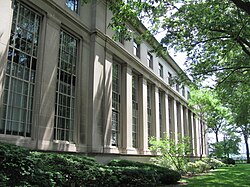The University of California, Berkeley College of Engineering is the engineering school of the University of California, Berkeley. The college occupies fourteen buildings on the northeast side of the main campus and also operates the 150-acre (61-hectare) Richmond Field Station. Established in 1931, the college is considered to be one of the most prestigious and selective engineering schools in both the nation and the world.

The MIT Lincoln Laboratory, located in Lexington, Massachusetts, is a United States Department of Defense federally funded research and development center chartered to apply advanced technology to problems of national security. Research and development activities focus on long-term technology development as well as rapid system prototyping and demonstration. Its core competencies are in sensors, integrated sensing, signal processing for information extraction, decision-making support, and communications. These efforts are aligned within ten mission areas. The laboratory also maintains several field sites around the world.
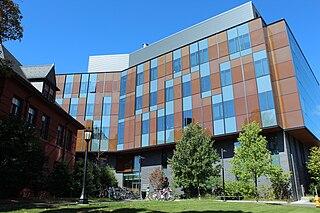
The School of Engineering is one of the ten schools that comprise Tufts University. The school offers undergraduate and graduate degrees in several engineering disciplines and computer science fields. Along with the School of Arts and Sciences (A&S) and the Fletcher School of Law and Diplomacy, the School of Engineering is located on the university's main campus in Medford and Somerville, Massachusetts. Currently, the engineering school enrolls more than 800 full-time undergraduates and 600 graduate students. The school employs over 100 full-time and part-time faculty members.
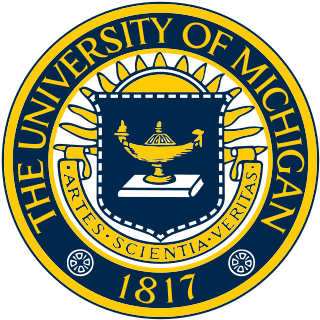
The University of Michigan College of Engineering, branded as Michigan Engineering, is the engineering college of the University of Michigan, a public research university in Ann Arbor, Michigan. Michigan Engineering has an enrollment of 7,133 undergraduate and 3,537 graduate students.
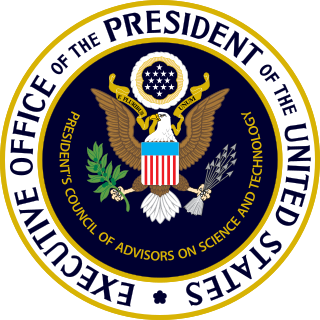
The President's Council of Advisors on Science and Technology (PCAST) is a council, chartered in each administration with a broad mandate to advise the president of the United States on science and technology. The current PCAST was established by Executive Order 13226 on September 30, 2001, by George W. Bush, was re-chartered by Barack Obama's April 21, 2010, Executive Order 13539, by Donald Trump's October 22, 2019, Executive Order 13895, and by Joe Biden's February 1, 2021, Executive Order 14007.

The Khajeh Nasir Toosi University of Technology is a public research university in Tehran, Iran. It is named after medieval Persian scholar Khajeh Nasir Toosi. The university is considered one of the most prestigious institutions of higher education in Iran. Acceptance to the university is highly competitive, entrance to undergraduate and graduate programs typically requires scoring among the top 1% of students in the Iranian University Entrance Exam.

The Florida International University College of Engineering and Computing, located in Miami, Florida in the United States is one of the university's 26 schools and colleges and was originally established in 1973 as the School of Technology. The College of Engineering and Computing offers bachelor's, master's and doctorate degrees within the college's 8 separate schools, departments and institutes. The college offers online and distance learning courses and programs through the Office of Distance Education. This office was previously known as FIU FEEDS, a statewide distance learning initiative adopted by the college in 1985.
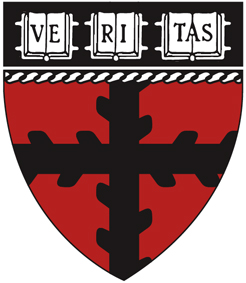
The Harvard John A. Paulson School of Engineering and Applied Sciences (SEAS) is the engineering school within Harvard University's Faculty of Arts and Sciences, offering degrees in engineering and applied sciences to graduate students admitted directly to SEAS, and to undergraduates admitted first to Harvard College. Previously the Lawrence Scientific School and then the Division of Engineering and Applied Sciences, the Paulson School assumed its current structure in 2007. David C. Parkes has been its dean since 2023.

The Herbert Wertheim College of Engineering is the largest professional school, the second largest college, and one of the top three research units at the University of Florida. The college was founded in 1910, and in 2015 was named in honor of Herbert Wertheim – a serial inventor, philanthropist and UF Distinguished Alumnus. Located on the university's Gainesville, Florida campus, the college is composed of nine departments, 15 degree programs, and more than 20 centers and institutes. It produces research and graduates in more than a dozen fields of engineering and science including: aerospace, agricultural, biological, biomedical, chemical, civil, coastal, computer, computer science, digital arts, electrical, environmental, industrial, materials, mechanical, nuclear, and systems.
The MIT School of Science is one of the five schools of the Massachusetts Institute of Technology, located in Cambridge, Massachusetts, United States. The School, which consolidated under the leadership of Karl Taylor Compton in 1932, is composed of 6 academic departments who grant SB, SM, and PhD or ScD degrees; as well as a number of affiliated laboratories and centers. As of 2020, the Dean of Science is Professor Nergis Mavalvala. With approximately 275 faculty members, 1100 graduate students, 700 undergraduate majors, 500 postdocs, and 400 research staff, the School is the second largest at MIT. As of 2019, 12 faculty members and 14 alumni of the School have won Nobel Prizes.
The College of Engineering and Applied Science is the engineering and applied science college of the University of Cincinnati in Cincinnati, Ohio. It is the birthplace of the cooperative education (co-op) program and still holds the largest public mandatory cooperative education program at a public university in the United States. Today, it has a student population of around 4,898 undergraduate and 1,305 graduate students and is recognized annually as one of the top 100 engineering colleges in the US, ranking 83rd in 2020.

The College of Engineering of the University of the Philippines Diliman is the largest degree-granting unit in the U.P. System in terms of student population. The college is also known formally as UP COE, COE, and informally as Eng'g.
Academics at the Massachusetts Institute of Technology are organized into 6 divisions containing 32 academic departments or faculties along with many interdisciplinary, affiliated, and intercollegiate research and degree programs. The Schools of Engineering, Science, Sloan School of Management, Humanities, Arts, and Social Sciences, Architecture and Urban Planning, and the Whitaker College of Health Sciences and Technology.

The Henry Samueli School of Engineering (HSSoE) is the academic unit of the University of California, Irvine that oversees academic research and teaching in disciplines of the field of engineering. Established when the campus opened in 1965, the school consists of five departments, each of which is involved in academic research in its specific field, as well as several interdisciplinary fields. The school confers Bachelor of Science, Master of Science, and Doctor of Philosophy degrees.

The John and Marcia Price College of Engineering at the University of Utah is an academic college of the University of Utah in Salt Lake City, Utah. The college offers undergraduate and graduate degrees in engineering and computer science.

The Virginia Tech College of Engineering is the academic unit that manages engineering research and education at Virginia Tech. The College can trace its origins to 1872, and was formally established in 1903. Today, The College of Engineering is the largest academic unit of Virginia Tech and has 14 departments of study. Its undergraduate program was ranked 4th and its graduate program was ranked 30th among doctoral-granting universities by U.S. News & World Report in 2018. In 2014–15, the College of Engineering consisted of 10,059 students. The current dean is Dr. Julia Ross.
The University at Buffalo School of Engineering and Applied Sciences, or UB Engineering, is the largest public engineering school in the state of New York and is home to eight departments. Established in 1946, UB Engineering is ranked 59th by U.S. News & World Report and has an annual research expenditure of $72 million.
Daniel Peter Huttenlocher is an American computer scientist, academic administrator and corporate director. He is the inaugural dean of the Schwarzman College of Computing at the Massachusetts Institute of Technology (MIT). Prior to this, he notably served as the inaugural dean of Cornell Tech at Cornell University, and as a member of Amazon's board of directors.
The MIT Stephen A. Schwarzman College of Computing is the computing college at the Massachusetts Institute of Technology (MIT), private land-grant research university in Cambridge, Massachusetts. Announced in 2018 to address the growing applications of computing technology, the college is an Institute-wide academic unit that works alongside MIT's five Schools of Architecture and Planning, Engineering, Humanities, Arts, and Social Sciences, Science, and Management. The college emphasizes artificial intelligence research, interdisciplinary applications of computing, and social and ethical responsibilities of computing. It aims to be an interdisciplinary hub for work in artificial intelligence, computer science, data science, and related fields. Its creation was the first significant change to MIT's academic structure since the early 1950s.
The University of Nebraska–Lincoln College of Engineering is the engineering college at the University of Nebraska–Lincoln (NU) in Lincoln, Nebraska. NU has offered engineering classes since 1877 and the College of Engineering was formally established in 1909. Since 1970, it has also encompassed the engineering students and facilities at the University of Nebraska Omaha. Lance Perez has served as dean of the college since 2018.
